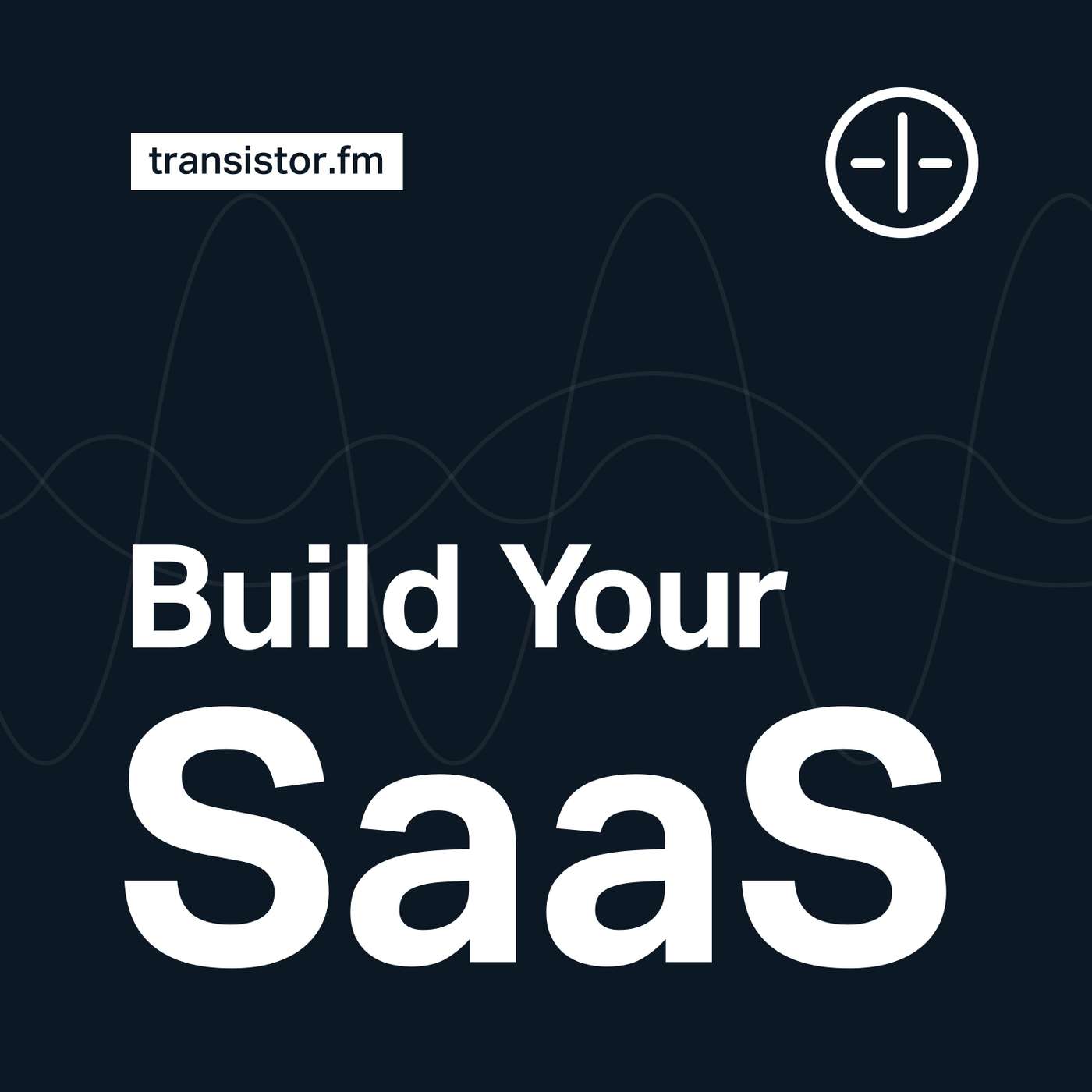Key Takeaways
- Building a successful SaaS often requires multiple attempts and a relentless drive to overcome challenges, as demonstrated by the guest’s journey through various ideas and iterations.
- The core of entrepreneurship lies in identifying and solving real-world friction points, even if initial hypotheses or product implementations don’t immediately succeed, as these insights pave the way for future breakthroughs.
- Building a successful product requires deep immersion in the target community to understand subtle pain points and build genuine relationships, offering a significant advantage over outsiders.
- The transition from a service-based business to a SaaS product requires a strategic bridge, often involving external support and a clear understanding of the differing valuation metrics between services and software.
Segments
The SaaS Journey Begins (~00:15:40)
- Key Takeaway: The pressures of the COVID-19 pandemic and a growing family can accelerate the realization that a more resilient business model, like SaaS, is necessary.
- Summary: The conversation shifts to how the guest discovered the SaaS world during the pandemic, influenced by podcasts like ‘Build Your SaaS’ and ‘Startups for the Rest of Us,’ and how this led him to explore building a recurring revenue business.
Iterating on SaaS Ideas (~00:28:30)
- Key Takeaway: Successful SaaS development often involves numerous iterations and learning from failed ideas, as the market’s needs and user behavior are not always predictable.
- Summary: The guest details several of his SaaS ideas, including Intro CRM, a lead raider tool, and Draft Studio, explaining why each did not gain traction and the lessons learned from these attempts.
The Power of Integration (~00:34:44)
- Key Takeaway: The persistent problem of disparate software systems not communicating effectively creates ongoing opportunities for integration-focused businesses.
- Summary: The discussion highlights the recurring theme of tools not talking to each other, a problem the guest observed across various industries and a core principle that eventually led to the development of App OnSync.
Community Immersion Advantage (~00:50:28)
- Key Takeaway: Deep engagement within a community, like through WhatsApp groups and LinkedIn, provides invaluable insights and relationships that are crucial for product development and market understanding.
- Summary: The discussion highlights how being ‘in the water’ of a specific industry, through platforms like LinkedIn and niche WhatsApp groups, allows founders to gain a profound understanding of customer needs and build trust, which is essential for success.
The Genesis of Outbound Sync (~00:57:08)
- Key Takeaway: Outbound Sync’s core function is to integrate data from outbound sales tools into CRM systems like HubSpot and Salesforce, making that data actionable for sales teams.
- Summary: The conversation details the ‘job to be done’ for Outbound Sync, explaining its evolution from a basic integration to a comprehensive solution that routes leads, provides conversation context, and empowers revenue operations teams within existing CRM ecosystems.
Transitioning from Agency to SaaS (~01:01:34)
- Key Takeaway: The transition from a successful agency to a SaaS product requires a strategic bridge, often involving leveraging existing clients and then seeking external support like Tiny Seed to manage the financial and operational shift.
- Summary: The speaker recounts the challenging but successful transition from running an agency to focusing solely on Outbound Sync, detailing how initial revenue came from agency clients, followed by the decision to join Tiny Seed to navigate the complexities of scaling a SaaS business.
The Pull Hypothesis in Product Development (~01:16:37)
- Key Takeaway: Successful products are built by identifying unavoidable projects on a customer’s to-do list and offering a compelling solution that creates a natural ‘pull’ rather than a forced ‘push’.
- Summary: This segment explores the ‘pull hypothesis’ using the example of Loom, emphasizing that the most successful products address urgent, unavoidable problems that customers are actively seeking solutions for, often after considering and rejecting other options.
